 Best Sellers Botanical Name: Calycanthus floridus  Botanical Name: Catalpa speciosa  Botanical Name: Cercis canadensis Northern Zone 5  Botanical Name: Cladrastis kentukea  Botanical Name: Coffea arabica  Botanical Name: Cornus sericea  Botanical Name: Eucalyptus deglupta  Botanical Name: Nyssa sylvatica Southern  Botanical Name: Passiflora caerulea  Botanical Name: Pinus eldarica  Botanical Name: Pinus parviflora  Botanical Name: Pinus strobus New York  Botanical Name: Pinus sylvestris England, zone 406 (East Anglia) Common Name: Scots Pine, Scotch Pine  Botanical Name: Prunus avium 'CVI'  Botanical Name: Prunus avium Alkavo  Botanical Name: Sequoiadendron giganteum  Botanical Name: Tilia cordata  Botanical Name: Trifolium repens  Botanical Name: Vitis vinifera The Best of Bonsai Seeds Bonsai is an art form that has been around for almost 2,000 years. Taking care of bonsai trees is a fun and relaxing hobby. Bonsai Trees are normal trees, grown from seed or cuttings that are trimmed and trained to be miniature versions. A live Bonsai is a living, growing, breathing piece of art. There are a few options to get a Bonsai, we are choosing to grow your tree from seed. It takes patience and diligence over many years, but it is even more rewarding to know you grew it from seed!. We recommend researching about growing Bonsai if you are a beginner to avoid disappointments. Features of the Tree The Trunk - A thick trunk with twists and texture displaying age and character will give the impression that your tree is older than it really is. The goal is to make your tree look as old and close to a miniature real tree as possible. Pruning or Trimming is key to keep the tree in its miniature shape. You can be creative, to develop a visually appealing tree, by pruning every few months leaving time to heal in between. Watering: This critical step happens when the soil needs it, there is no regular schedule; every tree may be different. Never wait until the soil is bone dry. Bonsai is a very fun and rewarding hobby and art form for everyday life. Taking care of a tree and having maximum control is an experience we recommend to everyone. For people with small spaces, who like to take care of things, and learn a new skill!
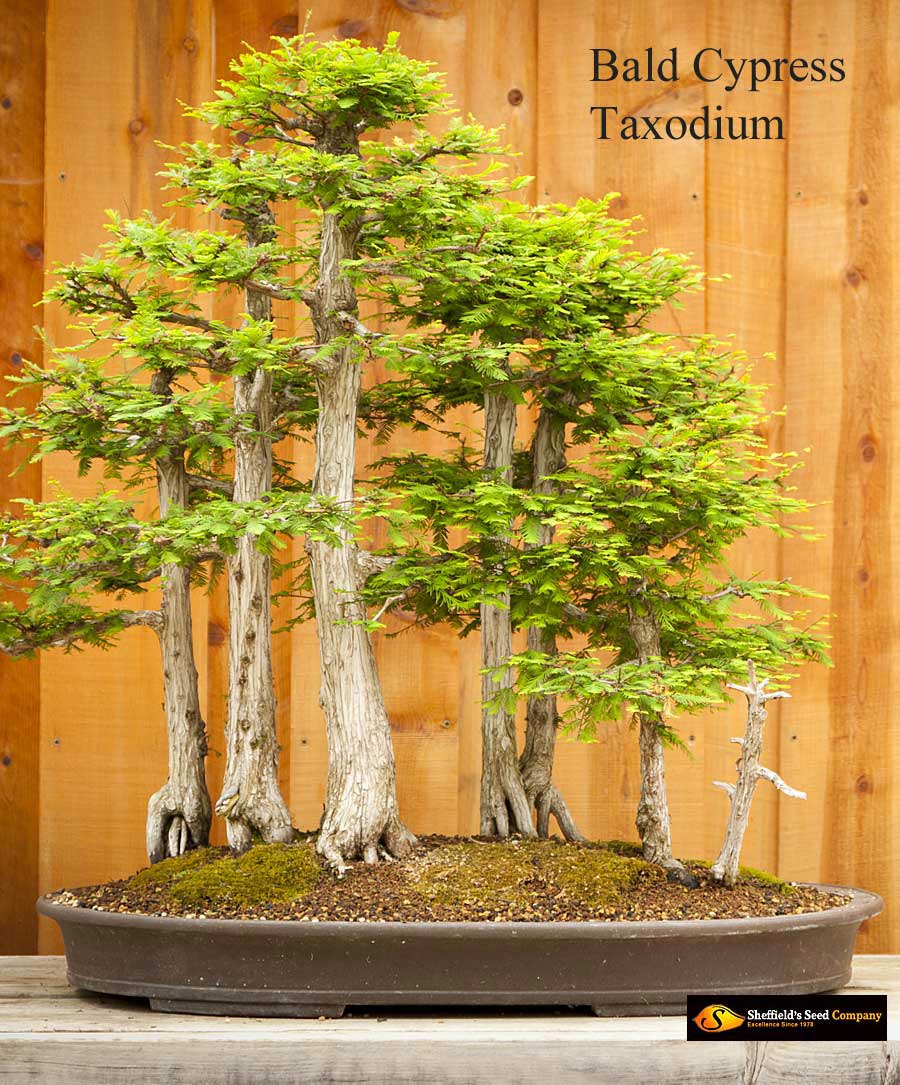 Bald Cypress Bonsai Taxodium distichum grows best in wet/soggy conditions so would need frequent watering. The tree can achieve 36 inches of growth in just one year making it a good bonsai specimen. 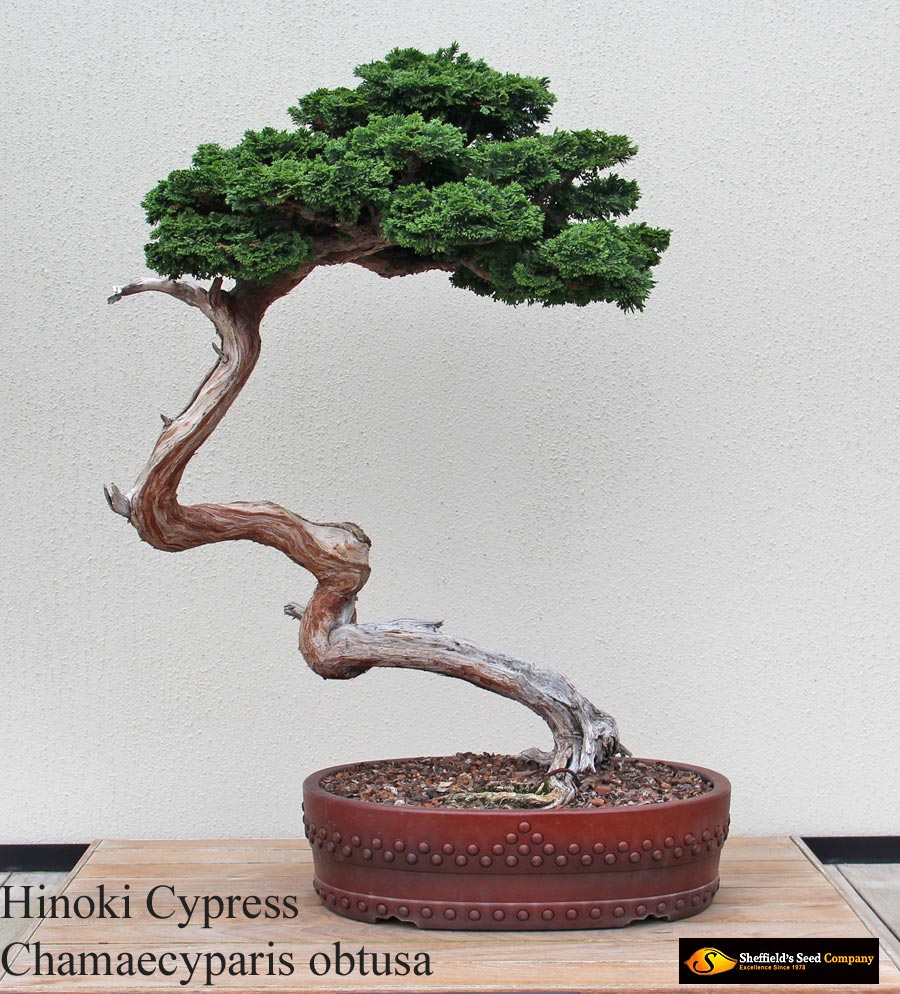 Hinoki Cypress Chamaecyparis obtusa features thick tighter foliage making it a great bonsai for training as the foliage can be easily formed. 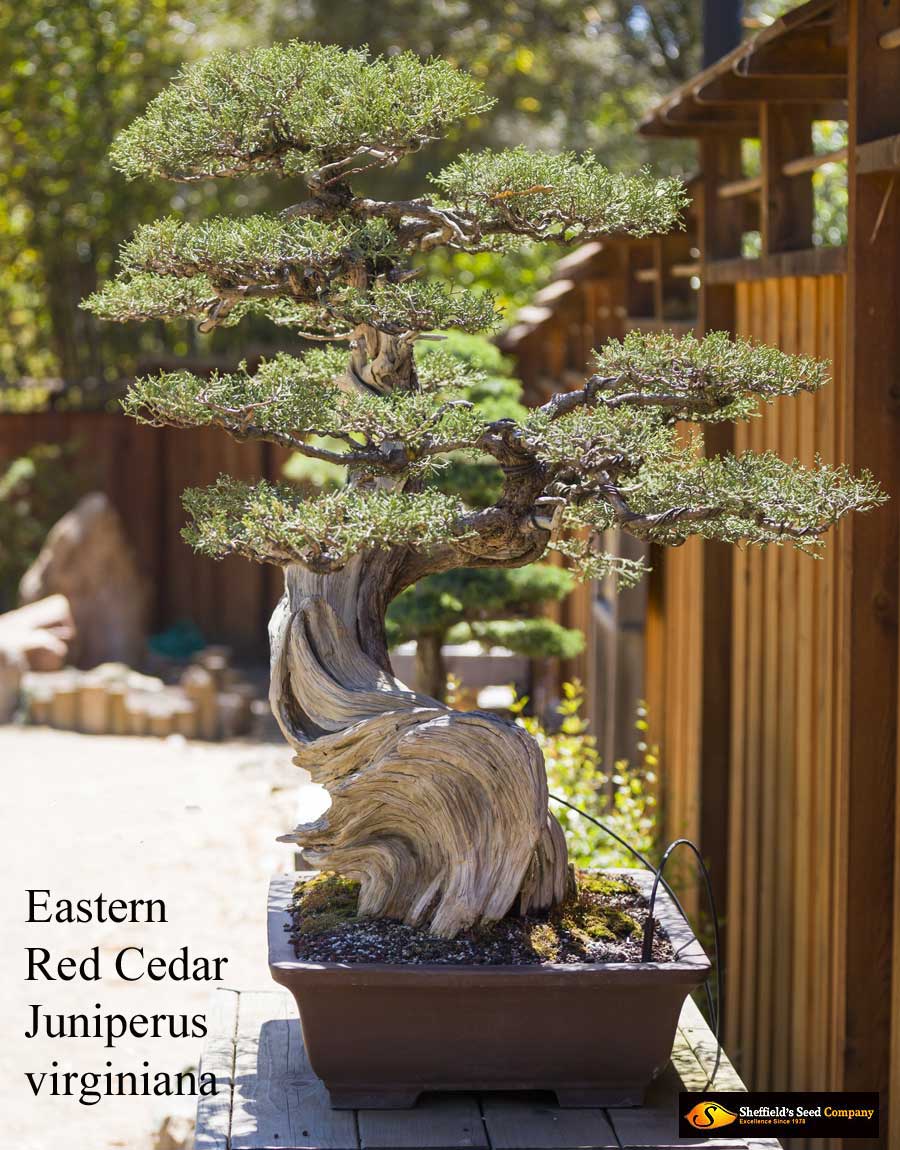 Eastern Red Cedar Juniper virginiana is a sturdy, resilient tree making it perfect for beginners. The limbs can be bent and twisted when young and forced into odd shapes for any appealing bonsai. 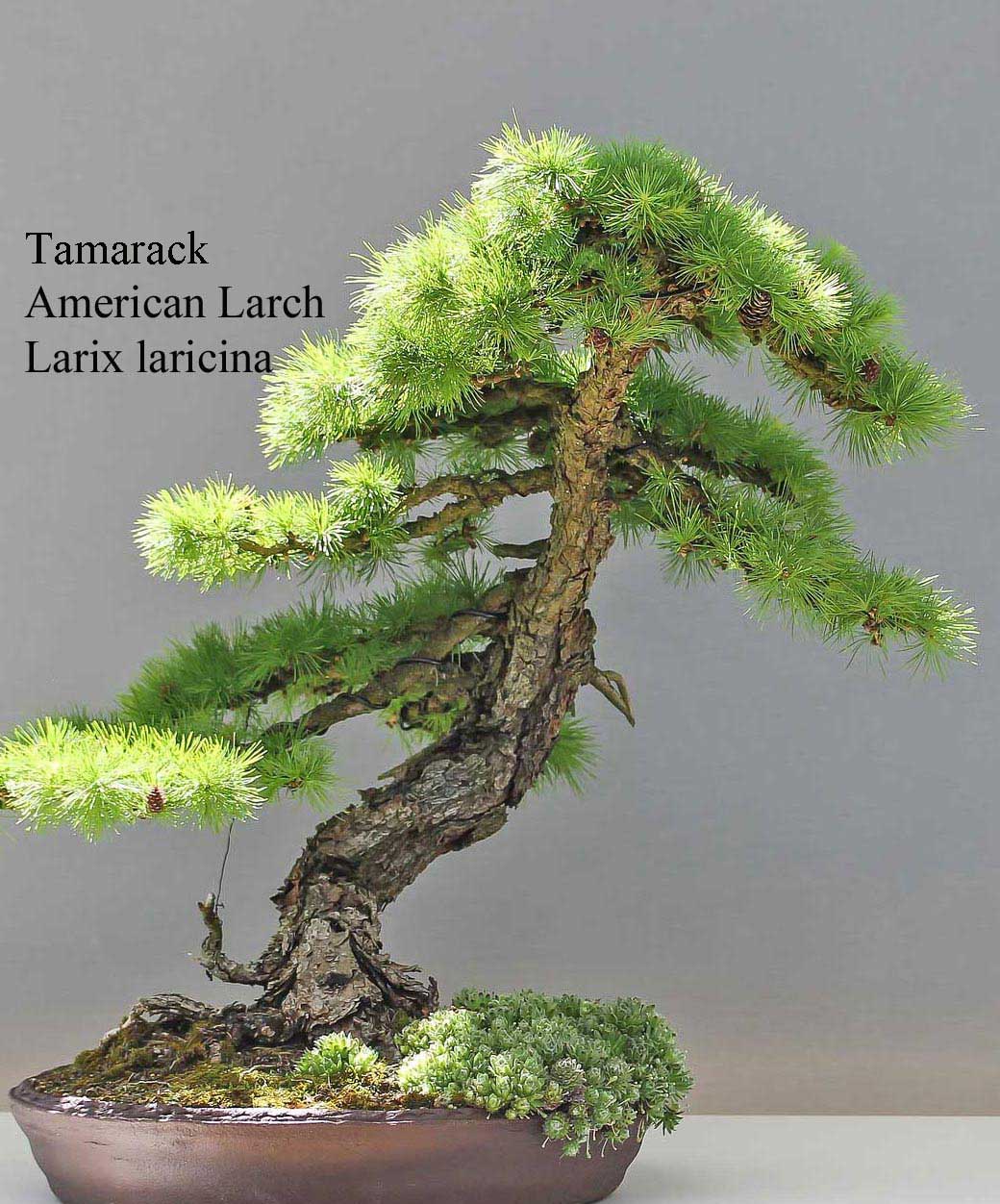 Tamarack, American Cedar American Larch or tamarack considered a superior Larch species, Larix laricina, is a popular bonsai because their trunks grow thick when young. 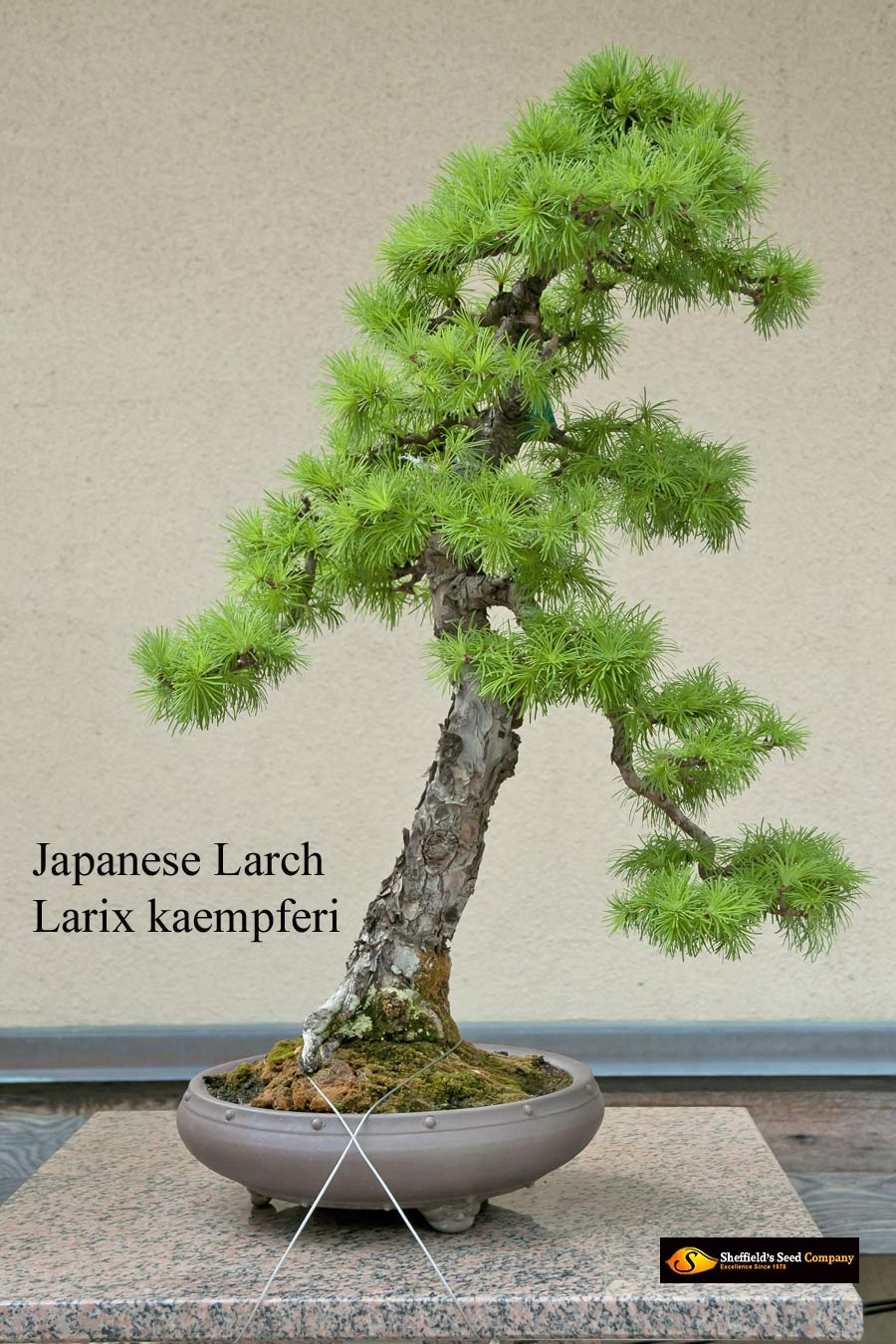 Japanese Larch Bonsai Larix Kaempferi makes a beautiful bonsai due to its fast growth, attractive young foliage, brilliant fall color, hardy cold-climate tree and easy to shape. 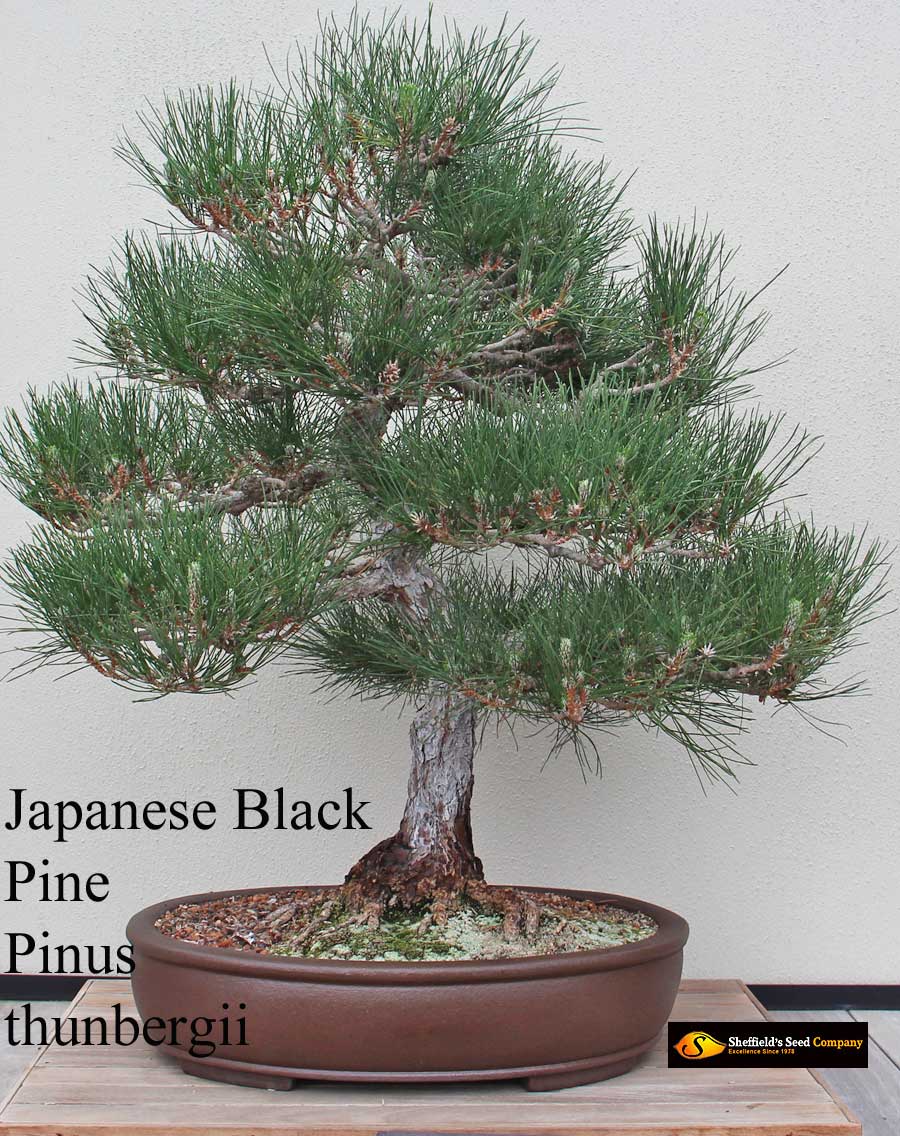 Japanese Black Pine Pinus thunbergii Bonsai makes an amazing bonsai because of their rough bark on the trunk, making them look old early on. 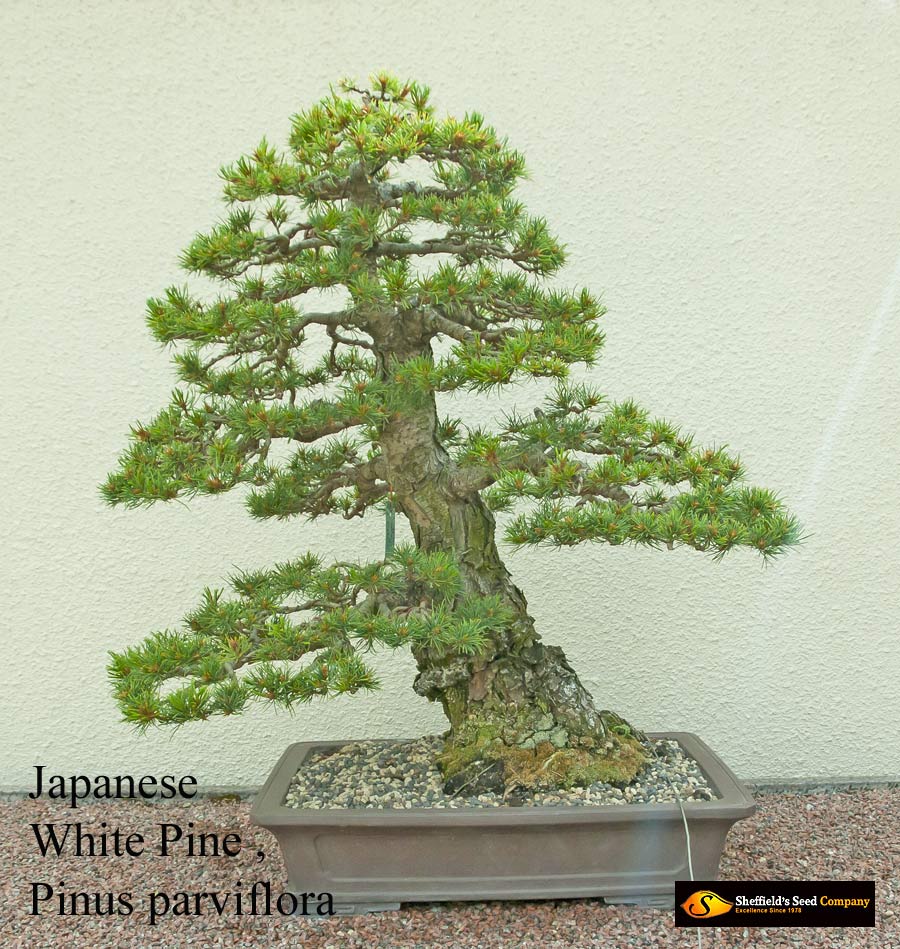 Japanese White Pine Pinus parviflora, is an outdoor tree, it's bark is brown with interesting texture making this tree a desirable bonsai. 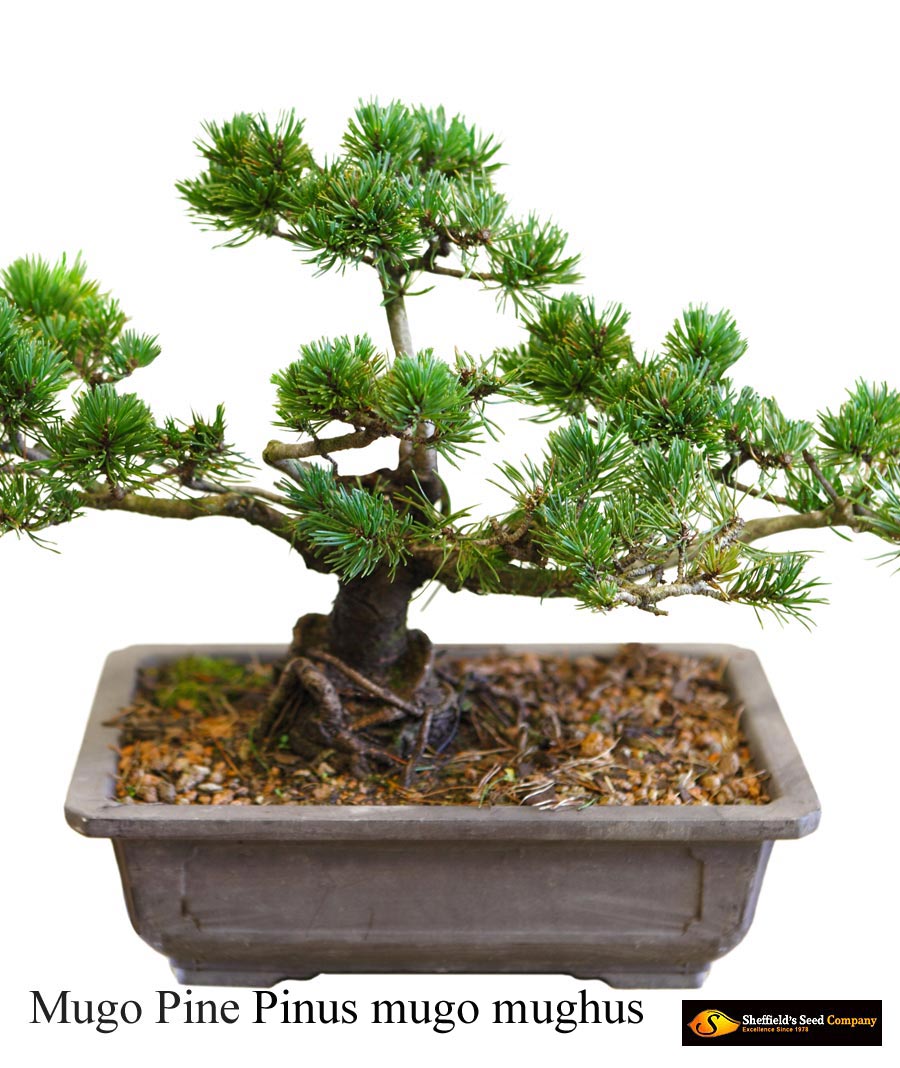 Mugo Pine Bonsai Pinus mugo mughus has small dark green evergreen needles contributing to it's attractive appearance. A good Bonsai for beginners because it is low-maintenance, slow growth and burly frame. 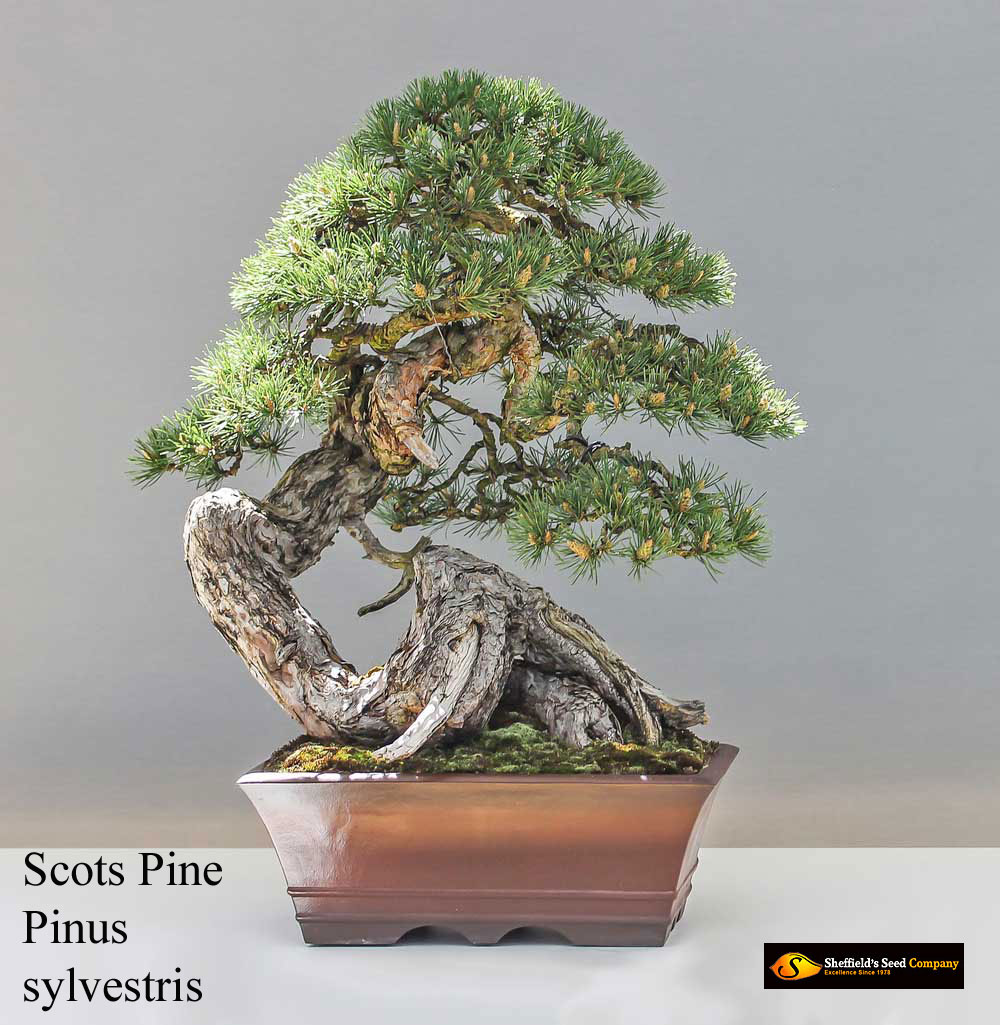 Scots Pine, Scotch Pine Bonsai Pinus sylvestris is very vigorous, resilient and tolerant, an ideal species for beginners. Hardy zones 3-8, needs protection from long freezes, provide full sun and ventilation. 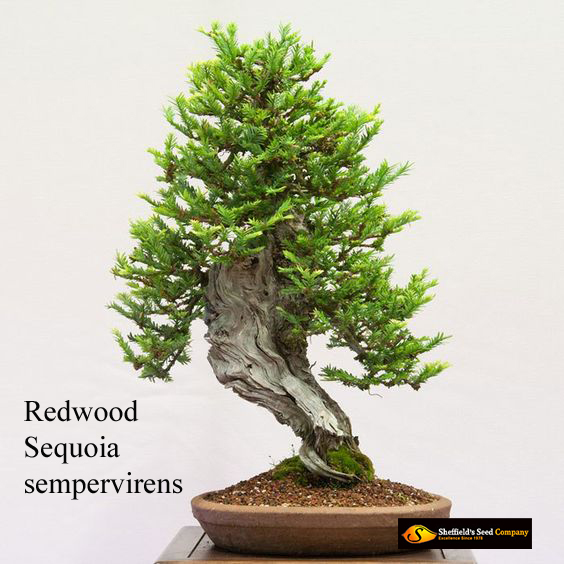 Coastal Redwood Bonsai Sequoia sempervirens beauty is in its natural character. They prefer moist climates and semi-shade in the summer months with winter protection. 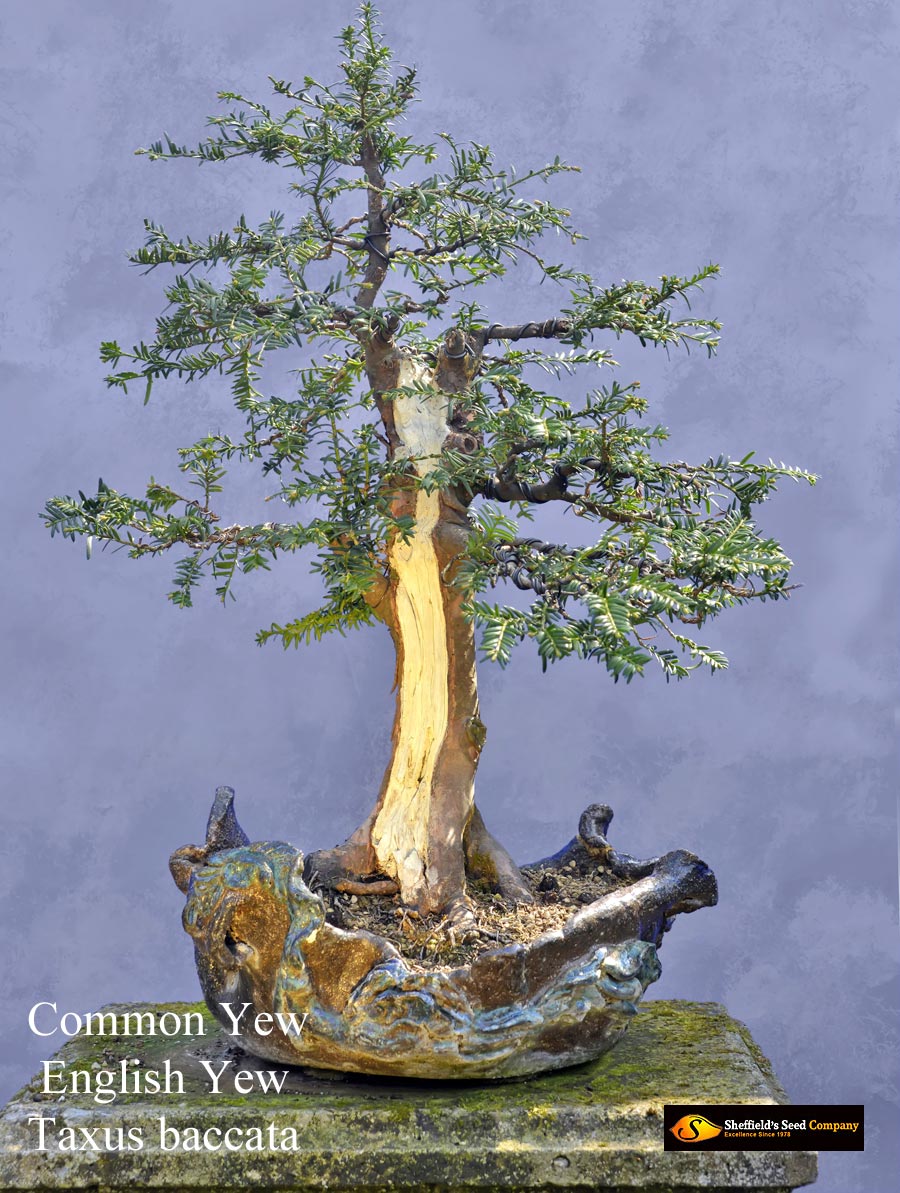 Common English Yew Bonsai Taxus baccata, is popular in wet climates. Protect from freezings with roots that are fleshy and tender. They thrive on frequent watering. 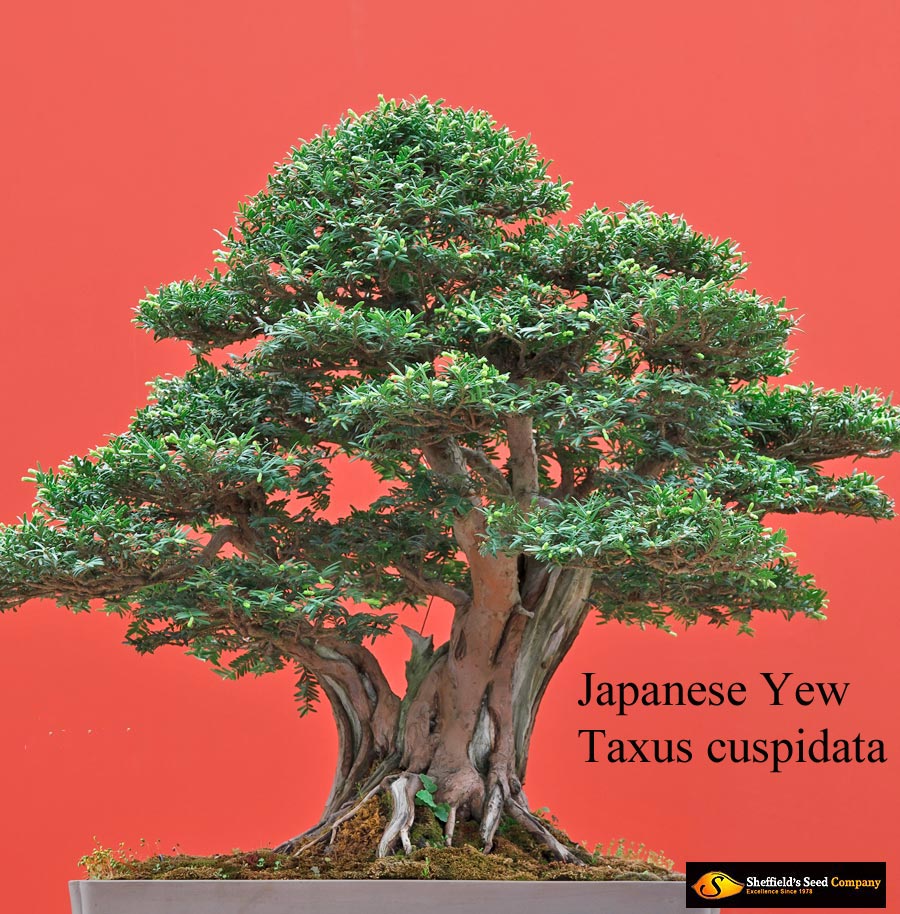 Japanese Yew Bonsai Taxus cuspidata is a great bonsai for beginners because it tolerates a wide range of conditions, Its peeling bark is a very attractive feature making it look old. |
Phone: (315) 497-1058 About Us Suppliers Resource Center Foreign Orders FAQ New Arrivals Best Sellers Contact Us Newsletter Seed Catalog Online Login


















































































